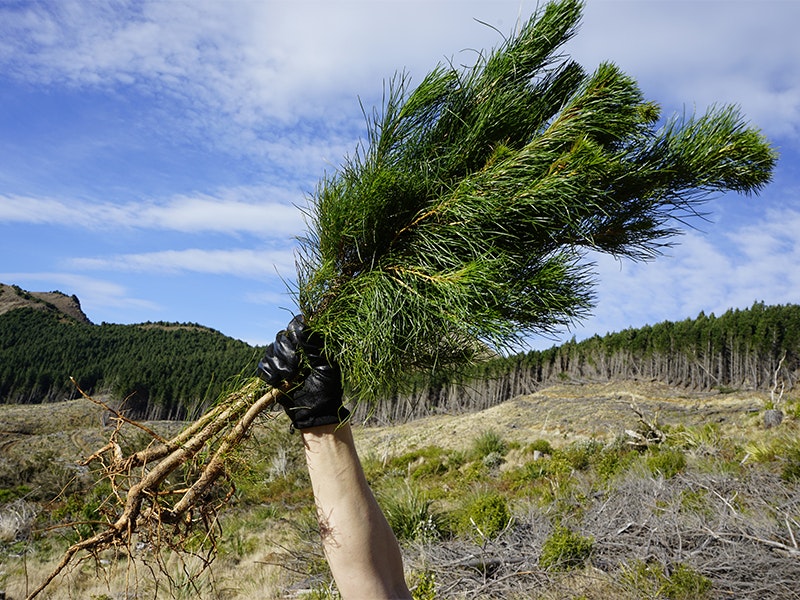
Volunteer for nature
Get hands-on in nature in Aotearoa New Zealand and help make a difference in your community. Collaborate with your community and act for nature.
Free museum entry for New Zealanders and people living in New Zealand
Open every day 10am-6pm
(except Christmas Day)
Free museum entry for New Zealanders and people living in New Zealand
See communities around Aotearoa New Zealand taking care of their natural environment – climate crusaders, river cleaners, tree planters, possum trappers.
Volunteer for nature: Want to make a difference? Browse opportunities in your neighbourhood.

Get hands-on in nature in Aotearoa New Zealand and help make a difference in your community. Collaborate with your community and act for nature.
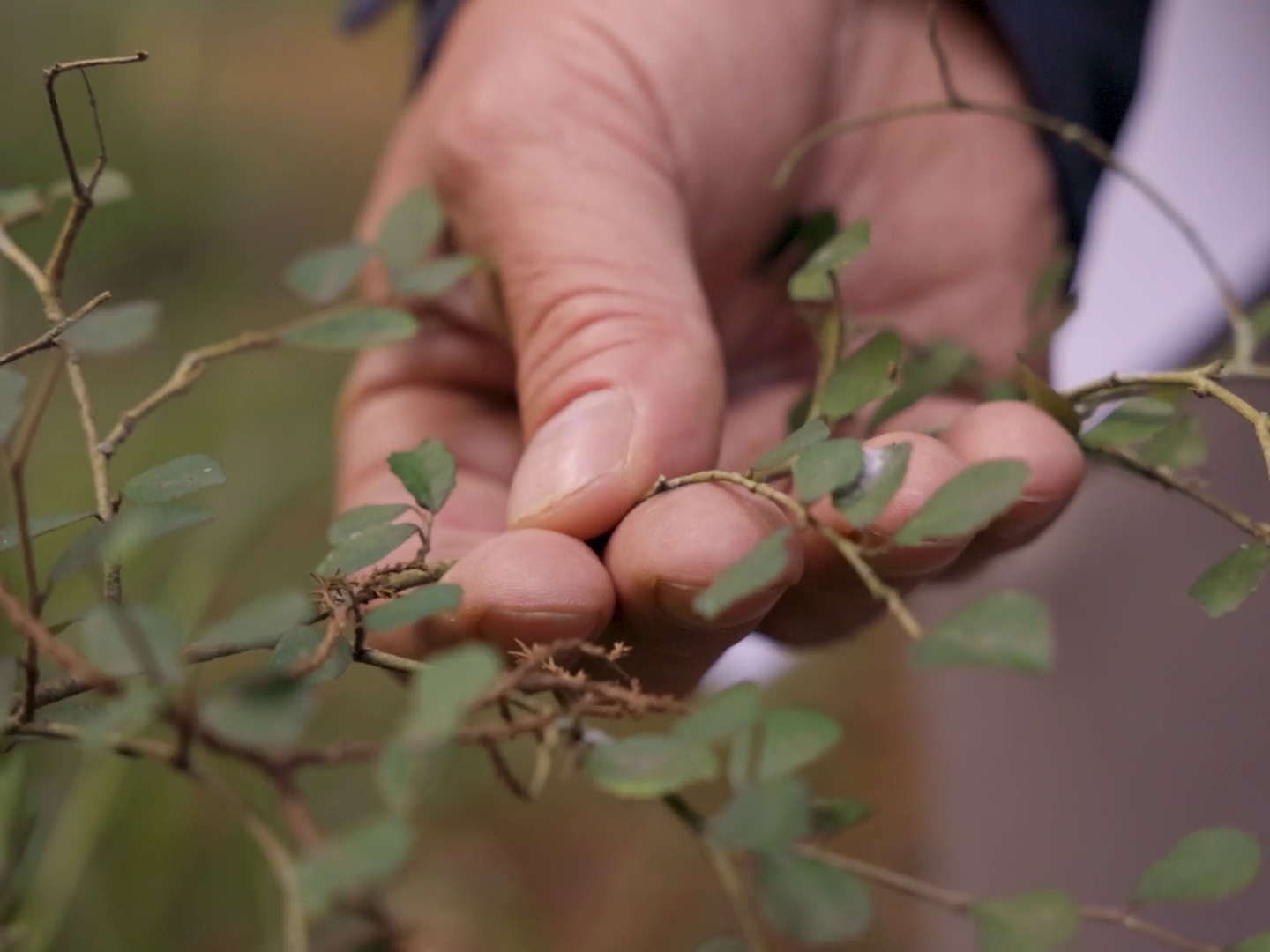
They shelter so many species, including long-tailed bats, native passionfruit, and tree wētā, but Waikato’s kahikatea | Dacrycarpus dacrydioides forests have been so reduced that only a fragile 1% remains.
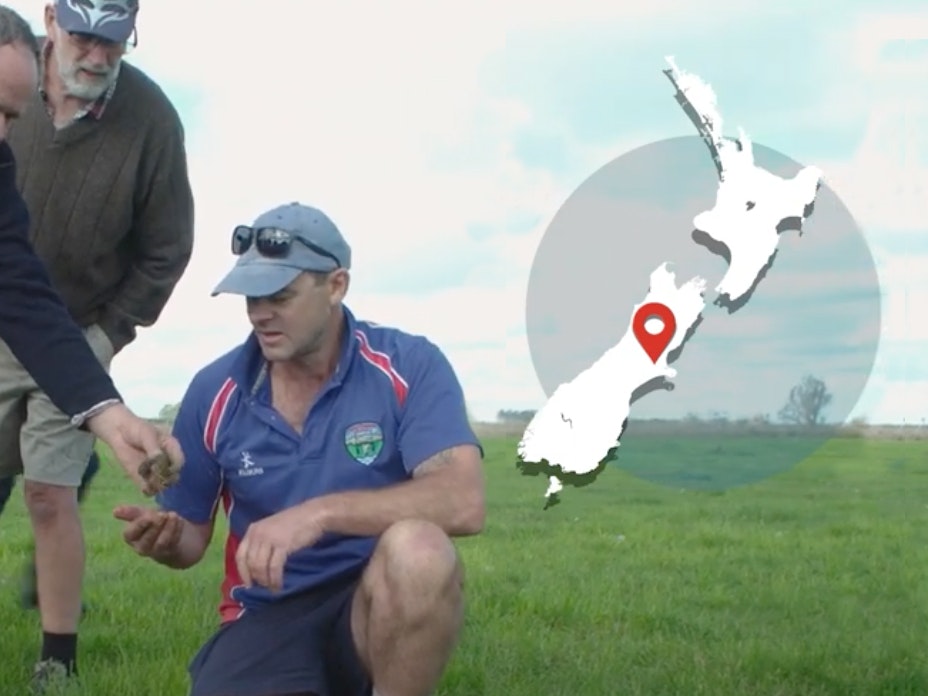
Healthy soil helps the environment, so farmers in Canterbury are changing the way they farm, and sharing the knowledge with other farmers in the community, even old hands!

Saving one of the world’s rarest trees, the kaikōmako manawatāwhi | Three Kings kaikōmako (Pennantia baylisiana): a story of species recovery work for ‘the loneliest tree’ undertaken by Ngāti Kurī and Manaaki Whenua – Landcare Research.
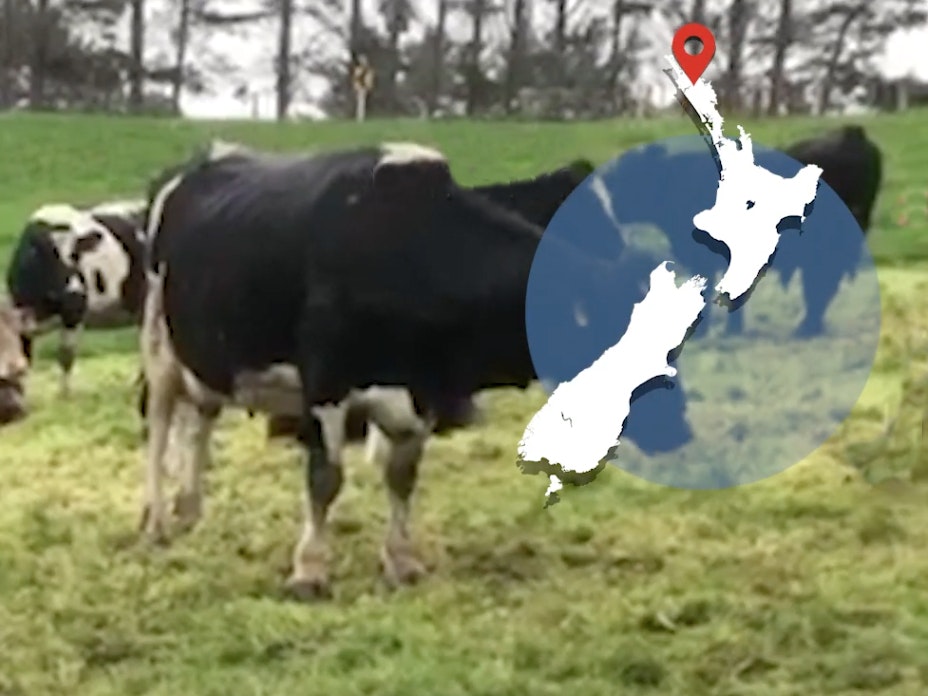
Dairy farmer Andrew Booth replants and nurtures his family farm, restoring farm water waterways and creating new wetlands with volunteers from the Mangakahia community.
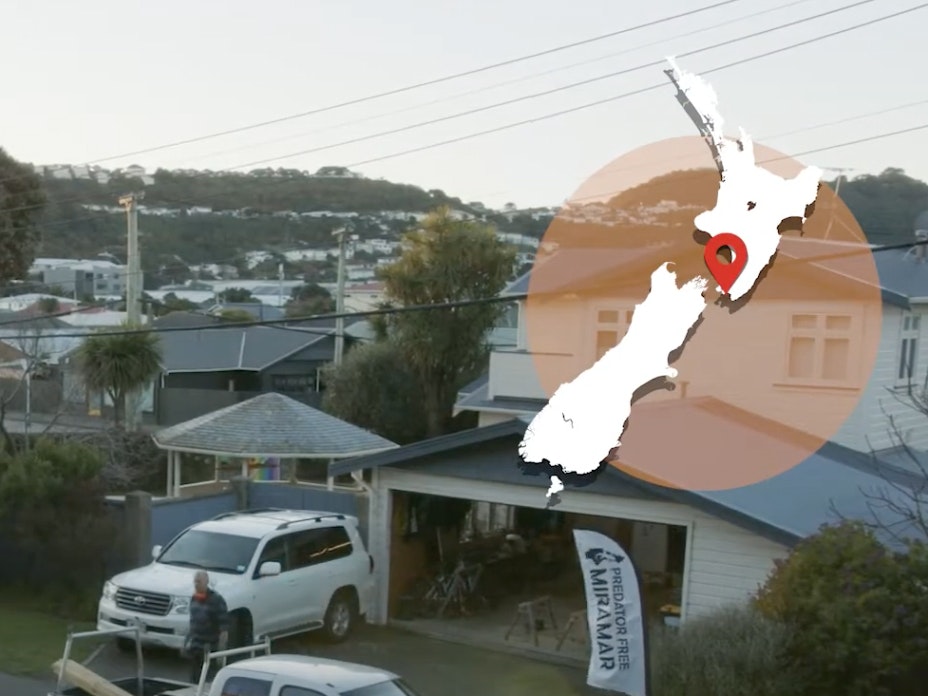
Predator Free Miramar is a volunteer, not-for-profit, community effort to rid the Peninsula of rats and mice, and bring back the birds and the bush to Wellington’s eastern suburbs.

Lodore Farm has been producing dairy for 30 years – but that’s not the whole story. A quarter of the farm is native bush, with kauri, rimu, tōtara, and waterfalls, and home to around 50 pairs of North Island brown kiwi.
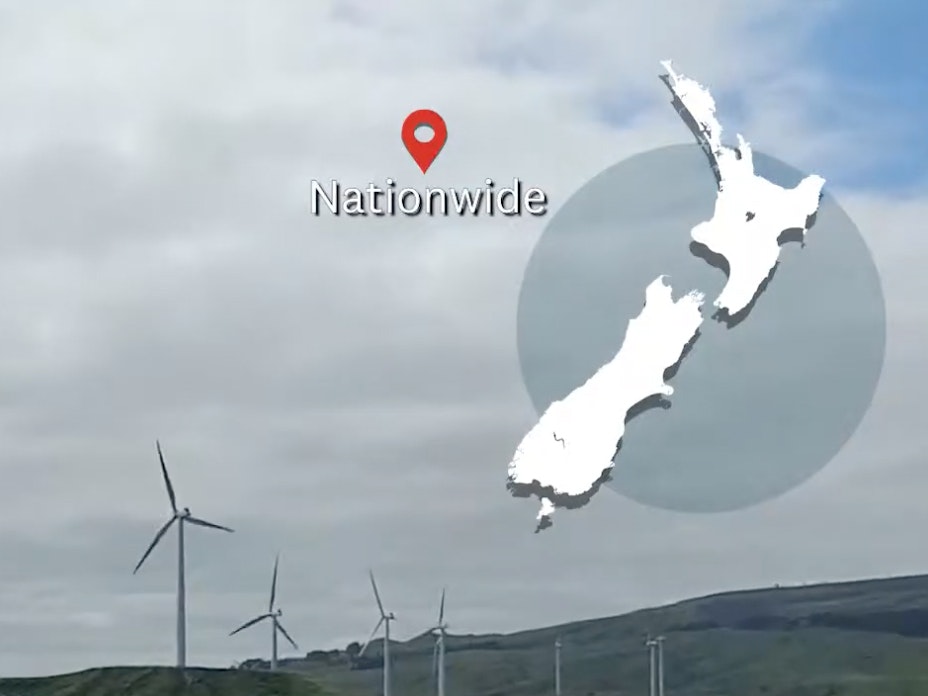
Litefoot is a charity led by top New Zealand sportspeople. Their mission is to transform community sports infrastructure and culture so sports groups become electricity independent, water neutral, and zero waste by 2025.
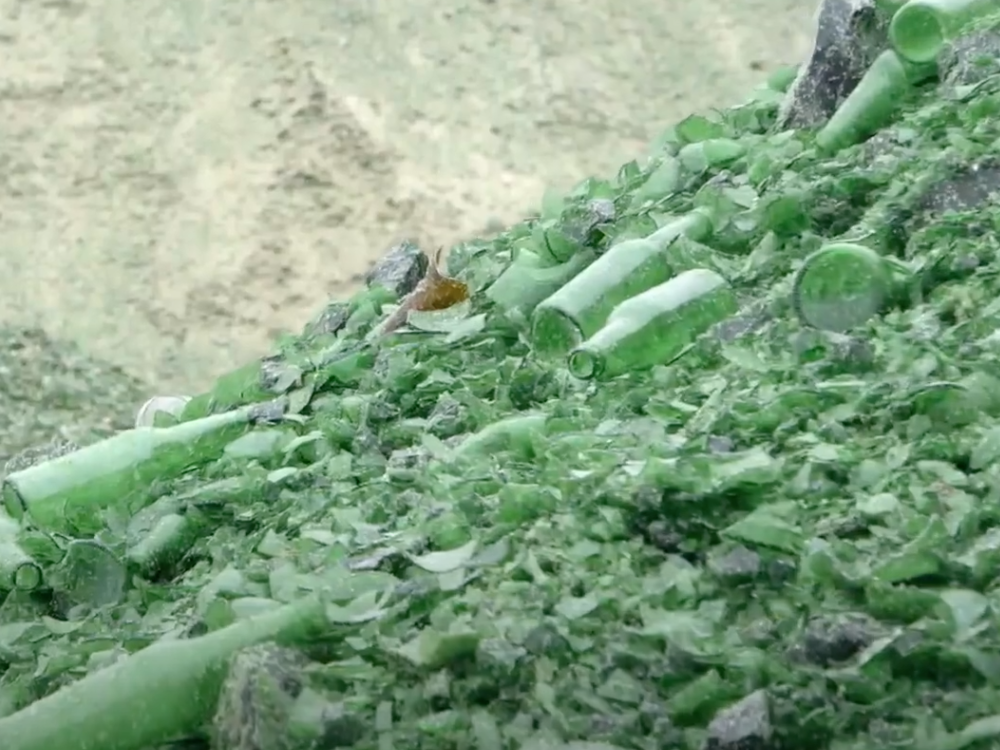
The Glass Packaging Forum is focused on the recovery of glass containers and jars from across Aotearoa New Zealand and returning them to the furnace to complete a ‘full circle’. On average, a glass bottle or jar made in Aotearoa New Zealand contains 69% recycled glass.
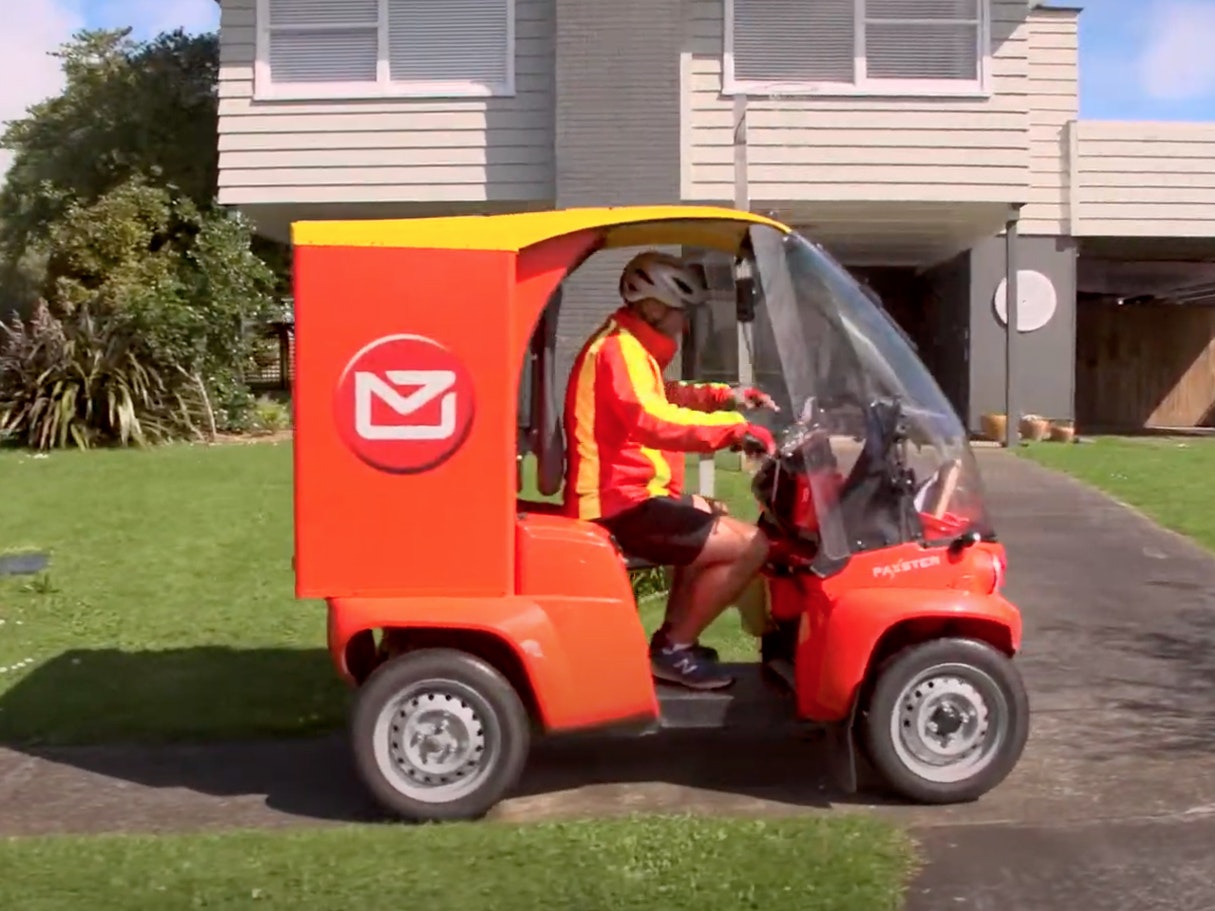
NZ Post are looking after their carbon emissions, and thinking about the future of our planet, by introducing electric-powered vehicles.

Waste Management don't just take away your rubbish they turn it into reusable resources (like plastic and paper). They also turn landfill gases into electricity – enough to power 20,000 homes!
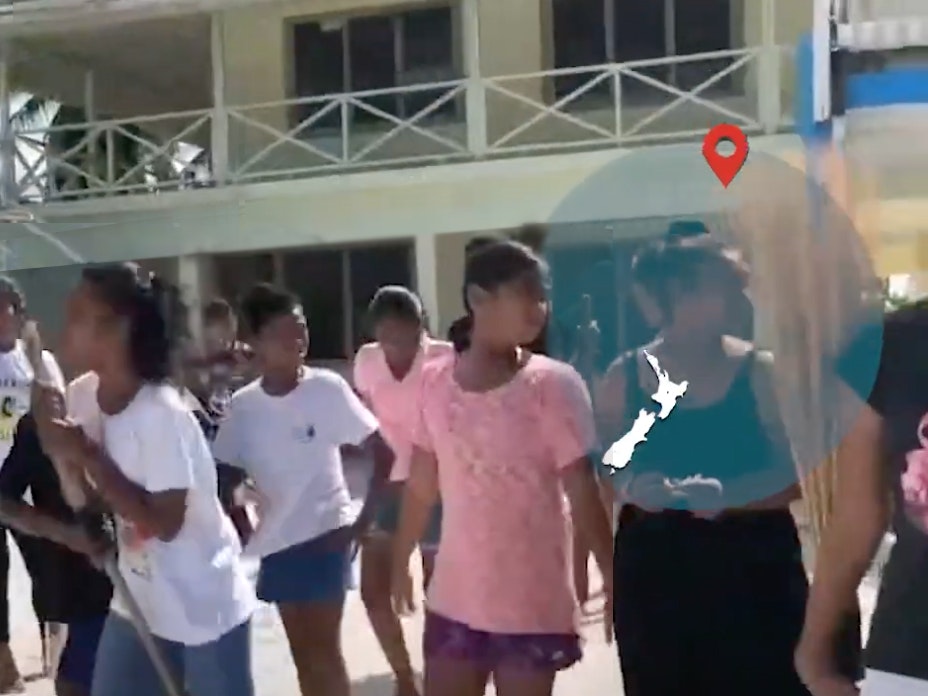
Children from Matuala School on Atafu Atoll in Tokelau, are planting and growing pandanus trees at their school to provide shade, grow fruit to eat, secure the ground, and fight climate change.
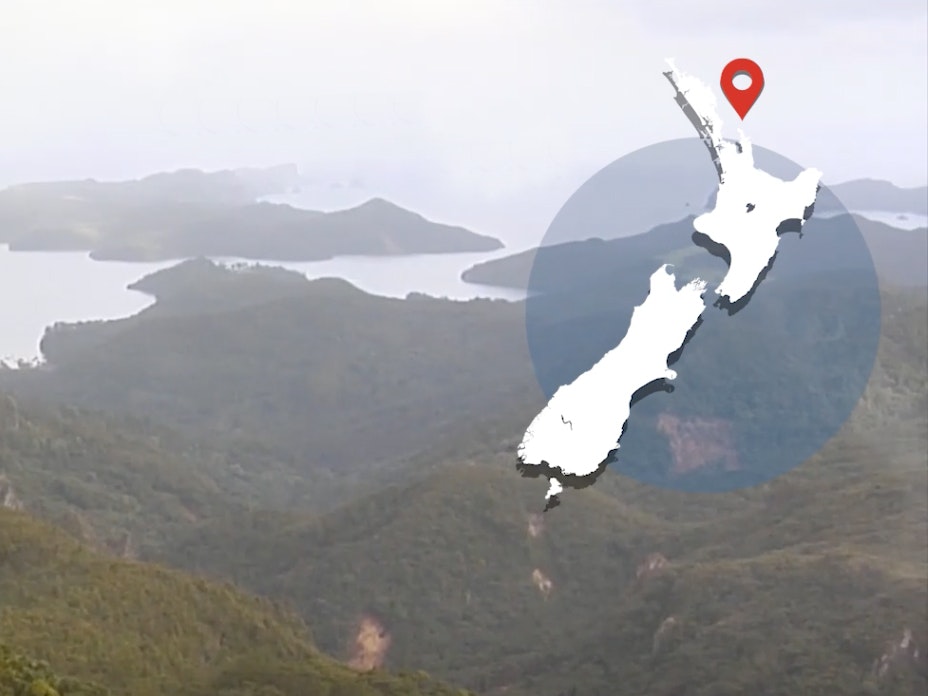
Wildlife Management International are working with fishing company Moana New Zealand, to track and tag black petrels in the Hauraki Gulf. This fishing company is taking action to save species they sometimes catch in their nets/lines.
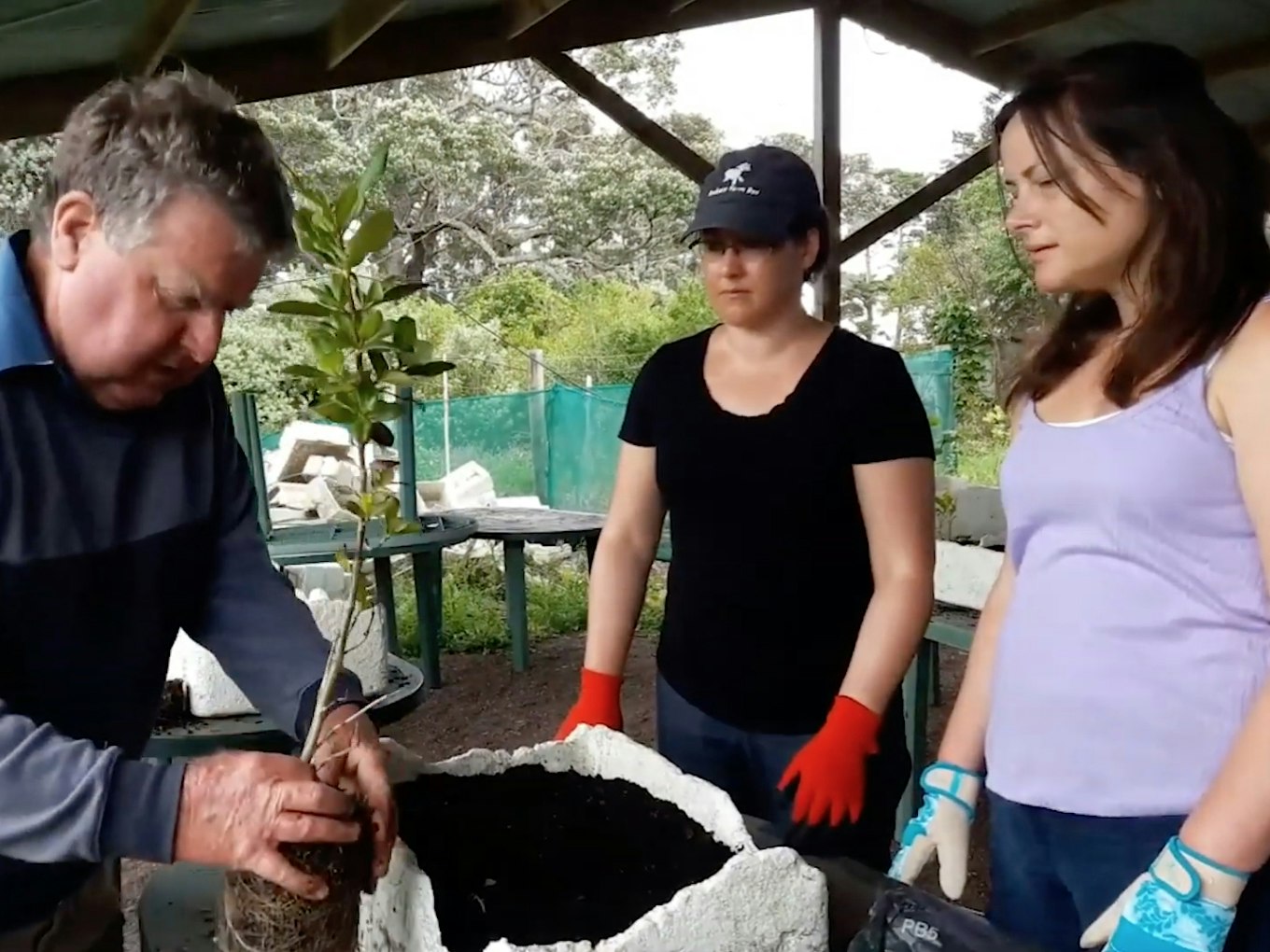
Motuihe Island, near Auckland, used to be overrun by pest weeds and rabbits. But the hard work from volunteers at Motuihe Island Restoration Trust means the island is now pest-free.
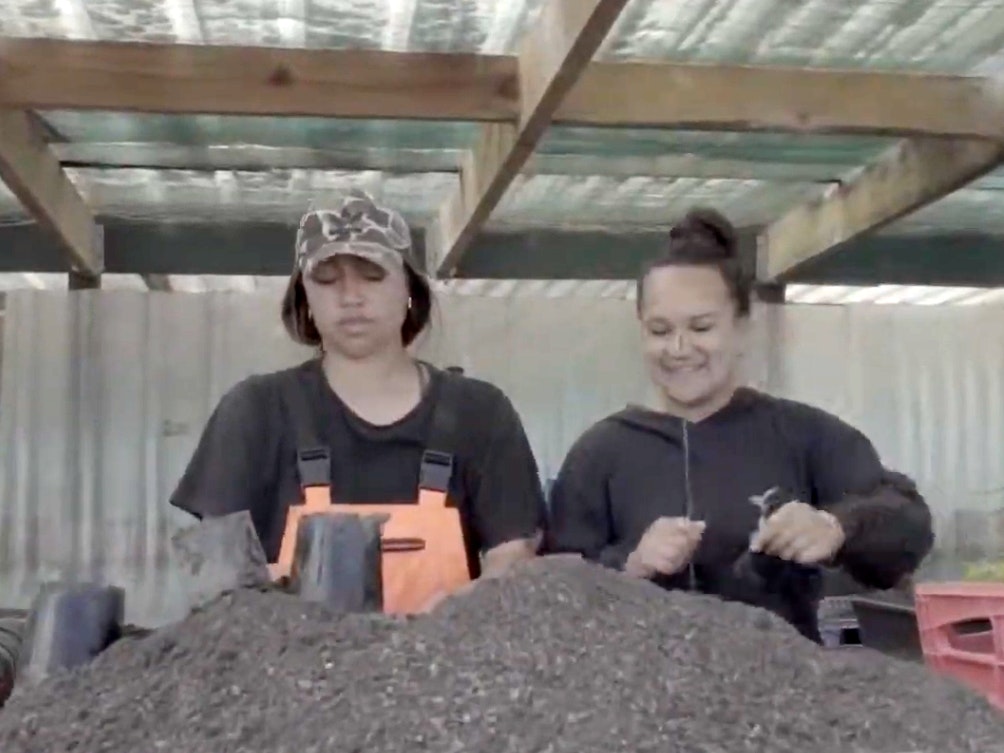
The ecology project team at Ngāti Whātua Ōrākei Trust are committed to protecting their whenua (land). The team do lots of planting, clearing of scrub, pulling weeds from trees to give them a better chance at life, beekeeping, and trapping.
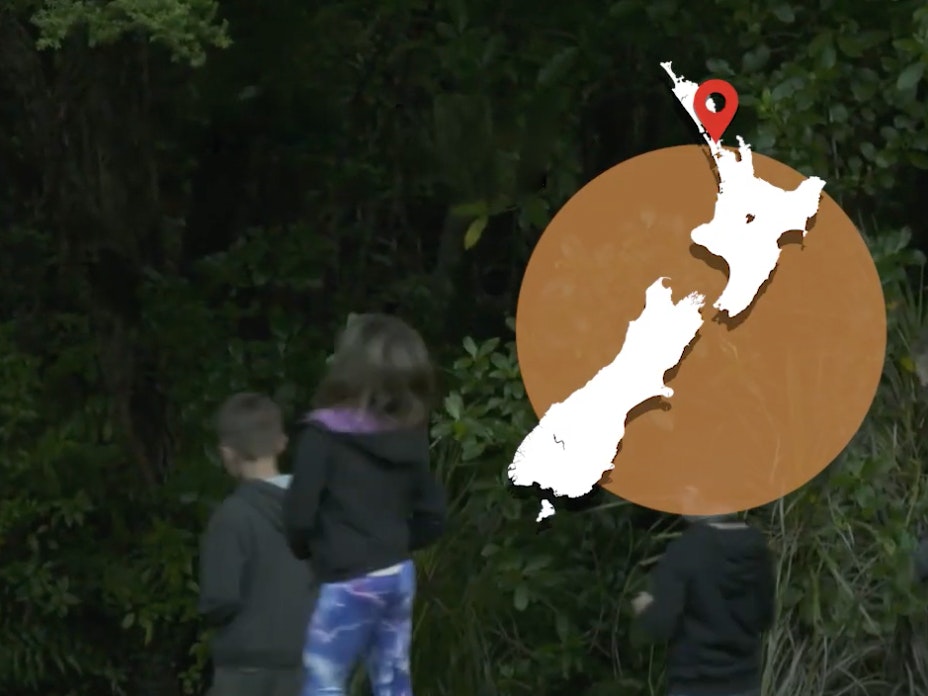
Auckland Council are funding community projects to track native bats in Auckland's Waitākere ranges in an effort to understand the threats the unique animals are facing.
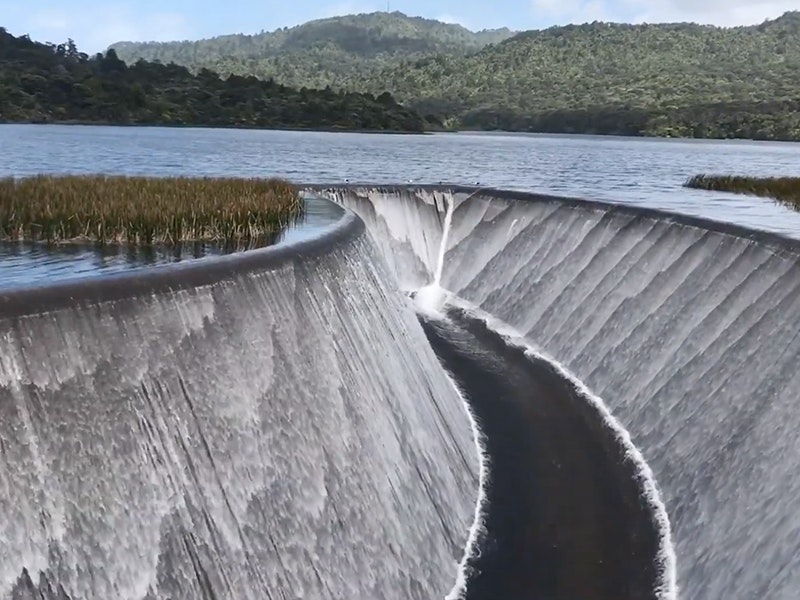
Watercare Services test water quality for native fish and elvers (baby eels) and relocate them from the lower dam, to the upper dam, where they’ll be safe from fishing. They also catch eels that are migrating back to Tonga in the higher dam and relocate them downstream so they can make their way to sea.
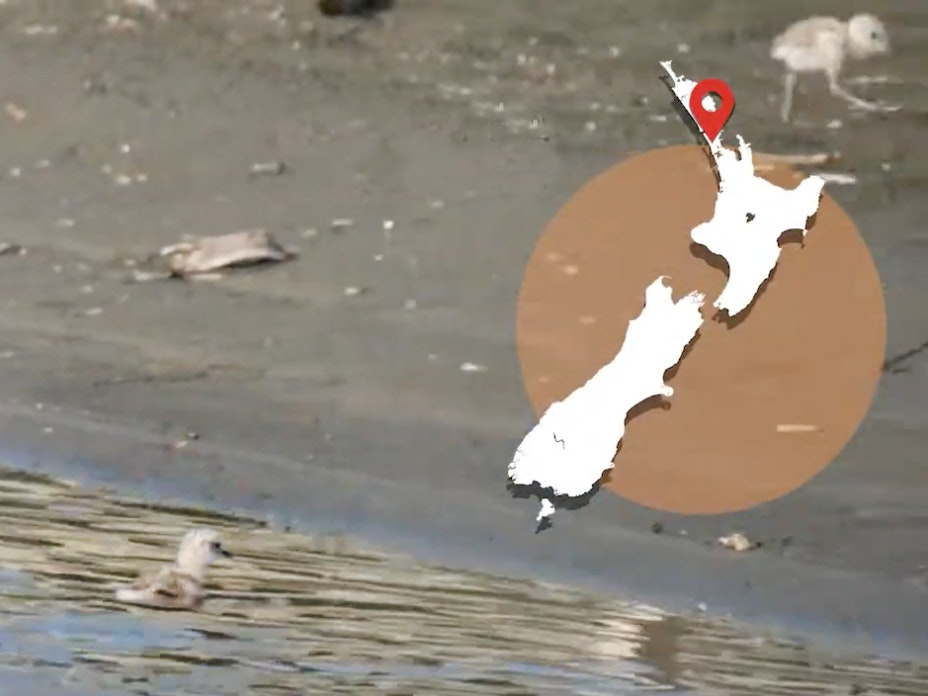
Dotterels (tūturiwhatu) have only started nesting in Piha in the last two years. This community are building nest covers for the dotterel nests. Vehicles and dogs can destroy nests, so these covers make the public more aware of nest locations.
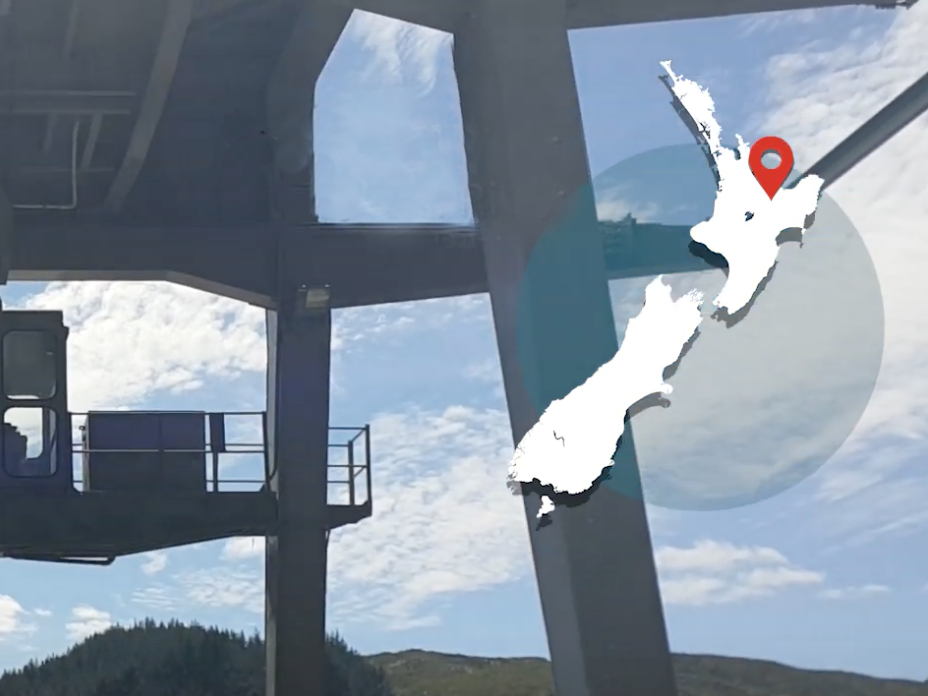
Bill Kerrison is a true kaitiaki of tuna (eels) in New Zealand.
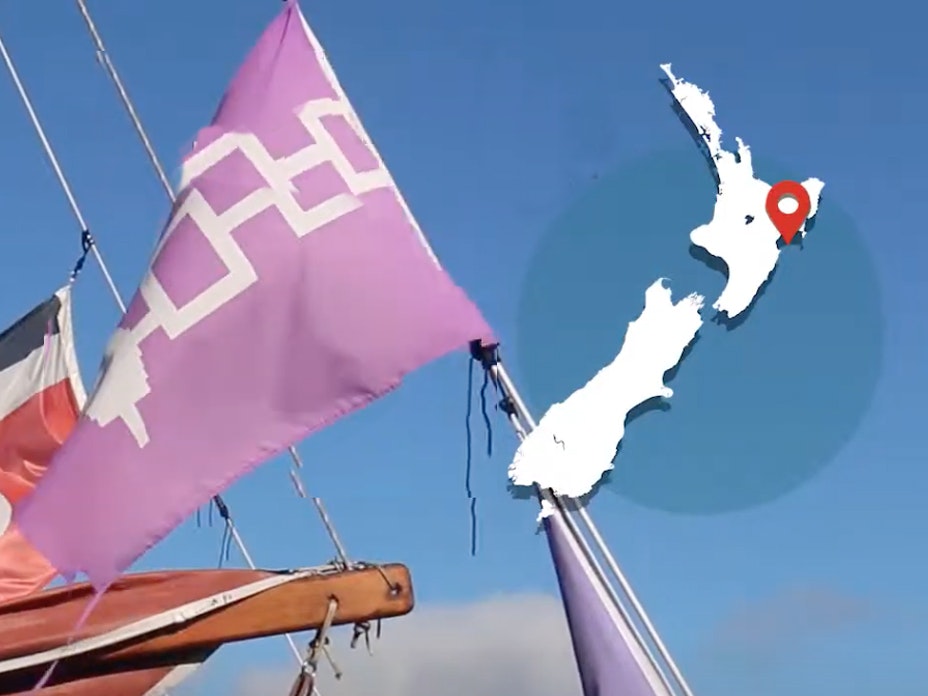
Te Karu o Te Ika Voyaging Trust and 5 Gyres Institute are using the waka (boat) Te Matau a Māui to help measure the amount of microplastics in the ocean. This is the first microplastics trawl in Aotearoa New Zealand’s waters.
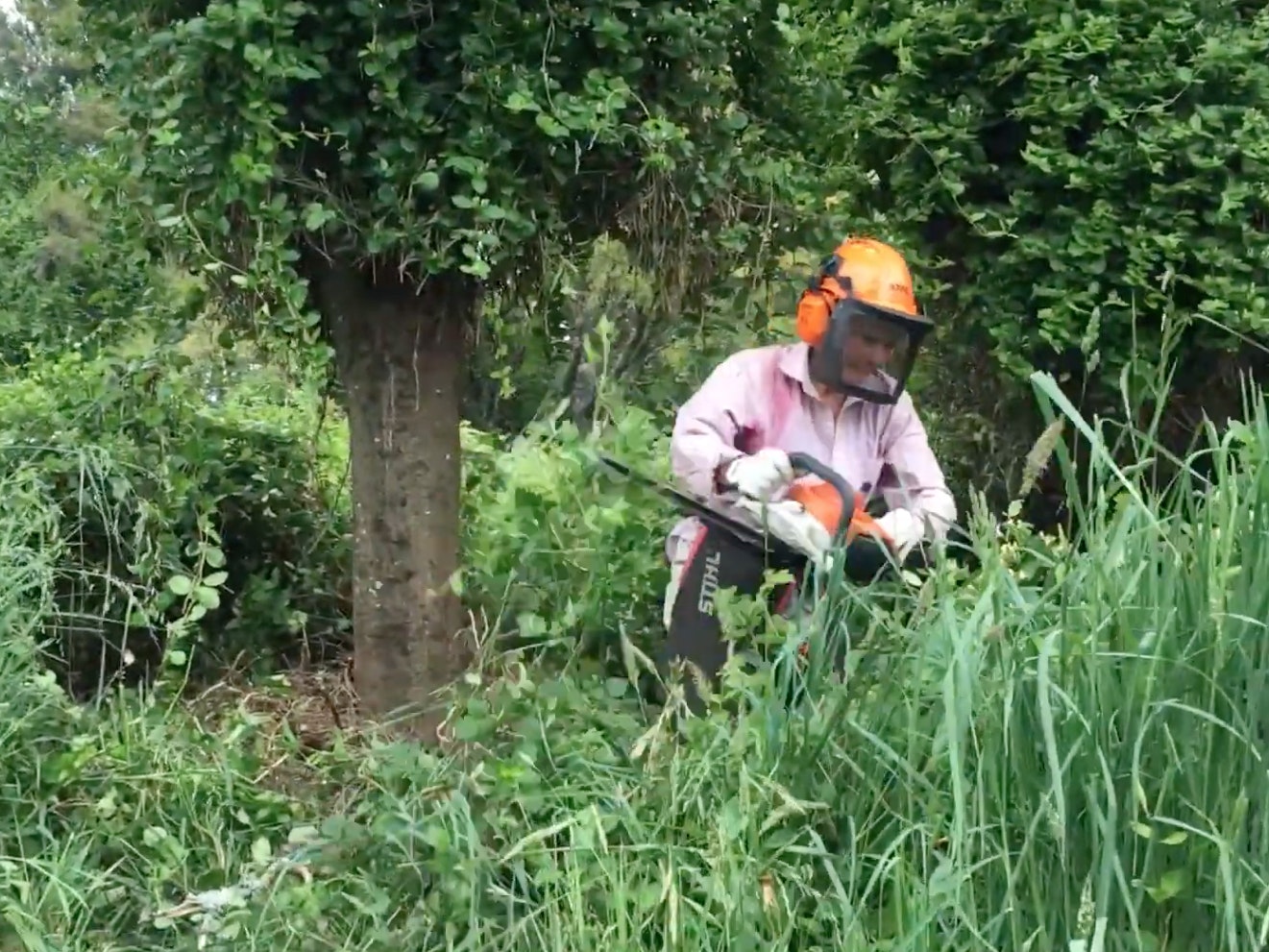
Project Tongariro is committed to restoring the mauri of their unique central North Island landscape. Tackling invasive weeds like honeysuckle, blackberry, and willow is just one of the ongoing tasks that helps native plants and birds thrive again.
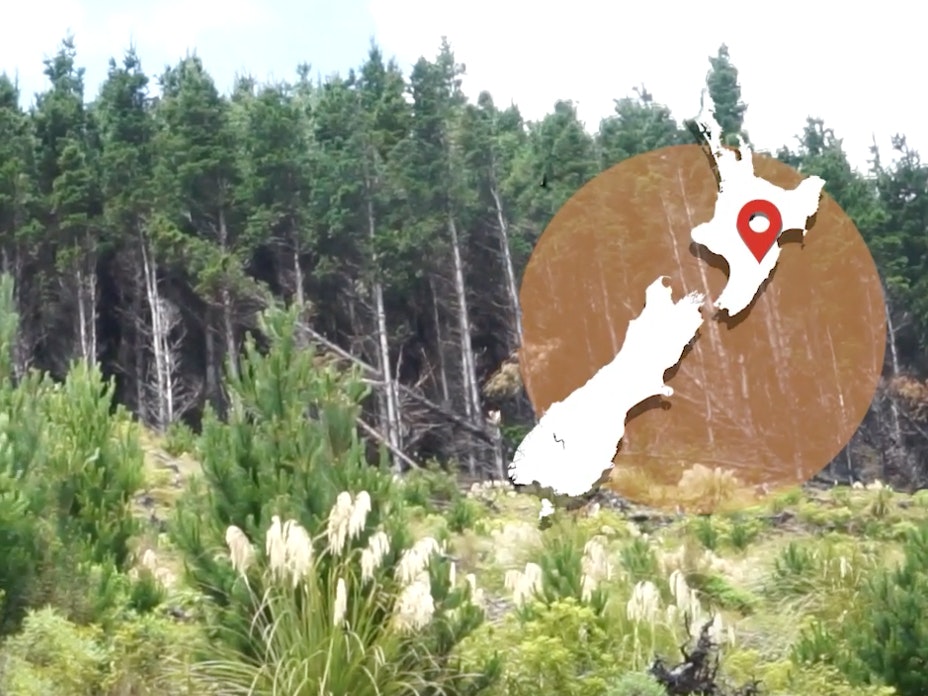
The Palmy Pine Pulling Posse are devoted environmentalists who cull invasive pines that stop native bush from growing.
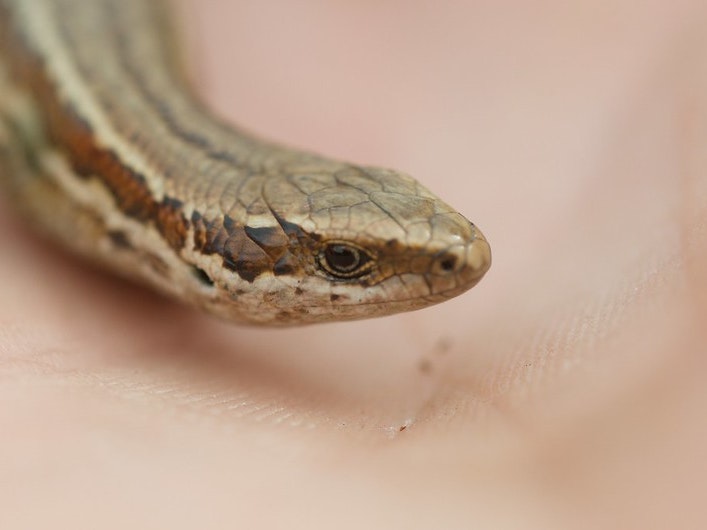
Ngā Uruora Kāpiti Project is a community-based conservation project. Their aim is to create bird-safe native forest running from Pukerua Bay to Paekākāriki, but also to increase the population of native lizards.
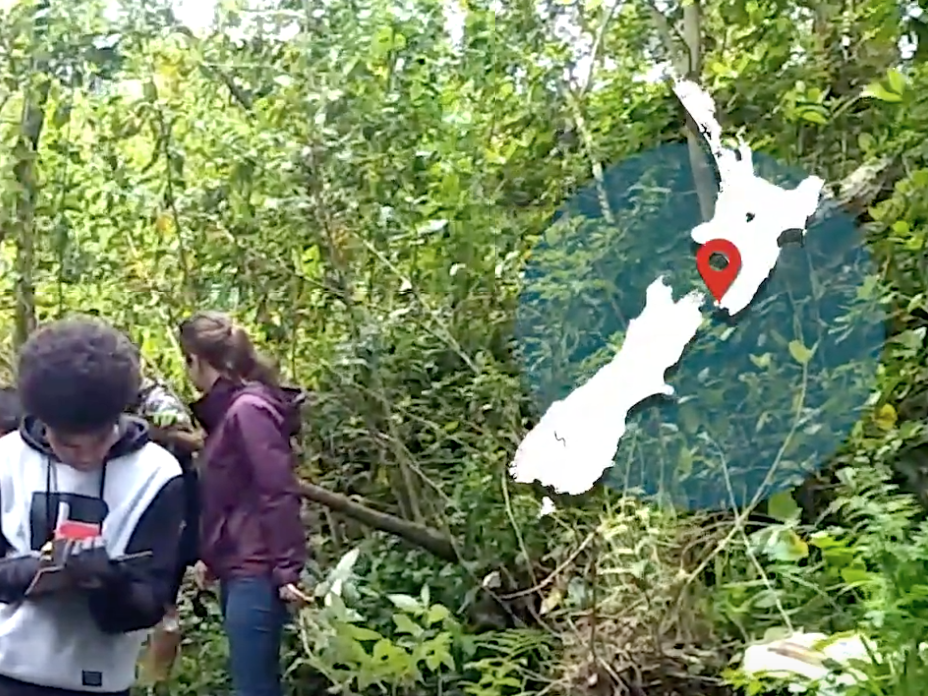
Cleaning rubbish from local awa (rivers) plays an integral role in protecting our ika (fish) and other living things in our water.
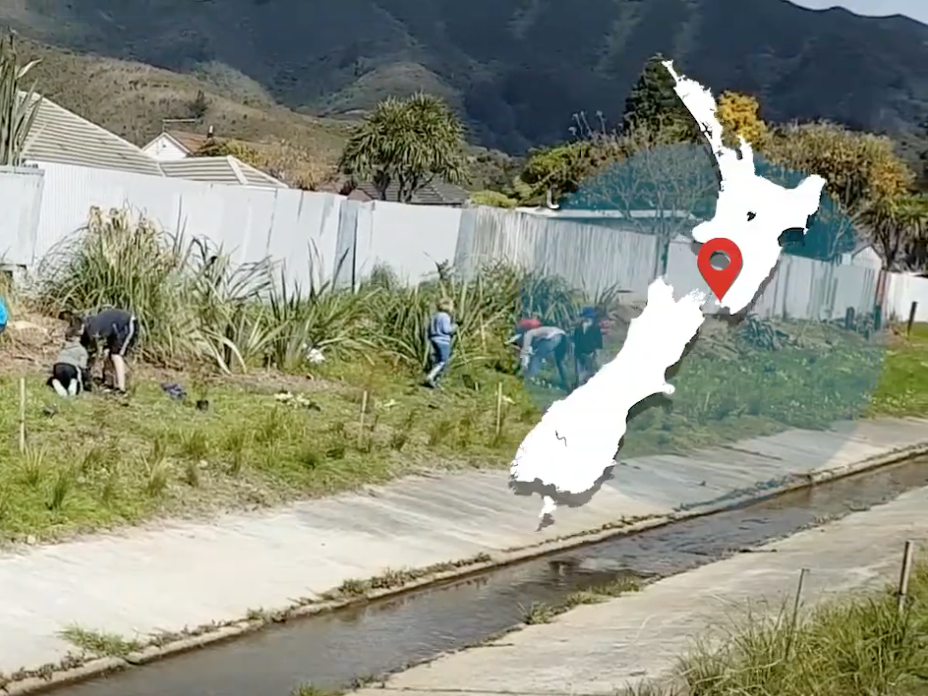
As well as removing rubbish, Rata Street School are planting trees by their local awa (river).
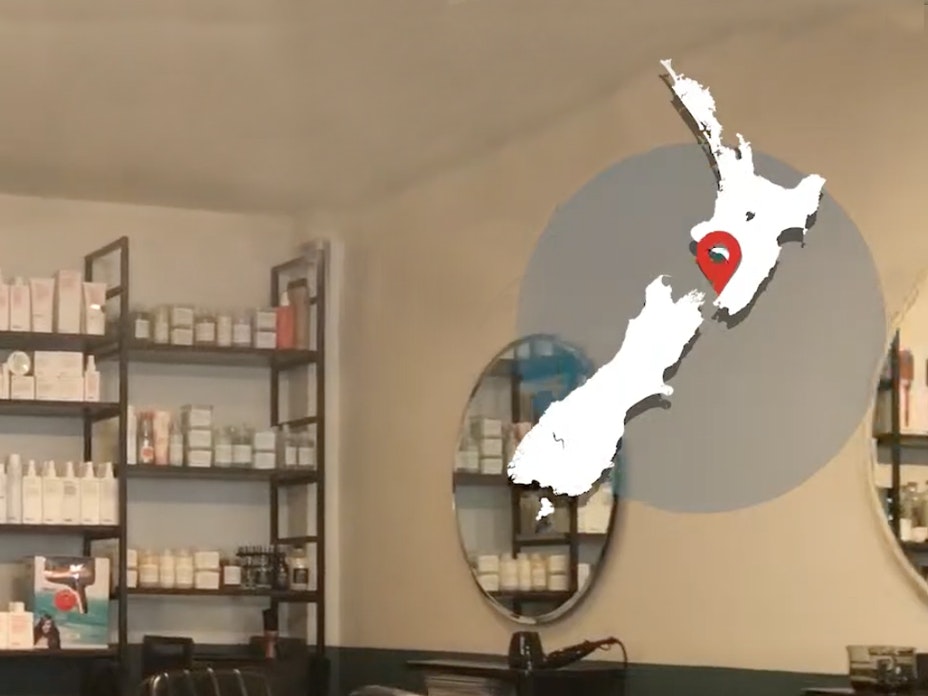
Scout Hair Salon are doing their bit for the environment – from recycling their tin foil and composting gathered hair, to using ethically conscious product ranges.
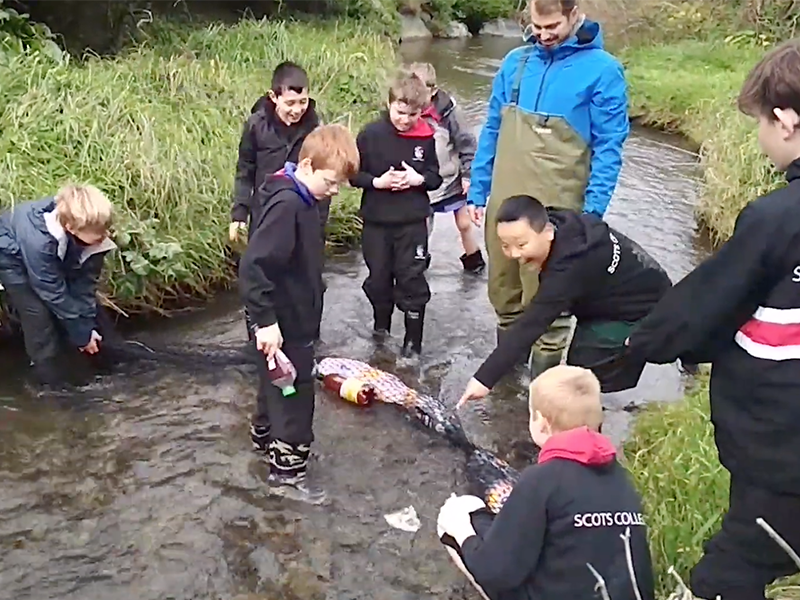
Scots College are kaitiaki (guardians) of their local awa (stream). They want to stop pollution in the river and stop plastics getting out to the ocean.
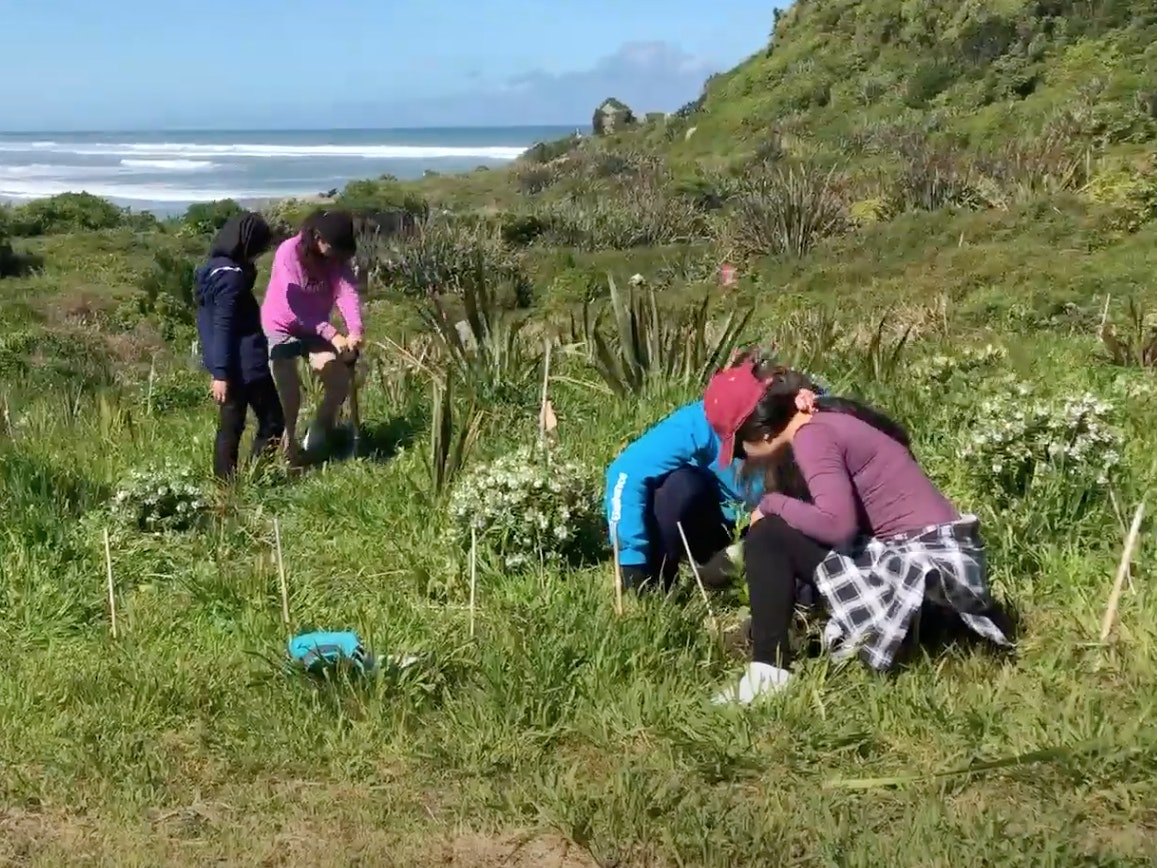
Buller High School have been revegetating the Cape Foulwind Walkway with harakeke. They’ve planted over 9,000 plants!
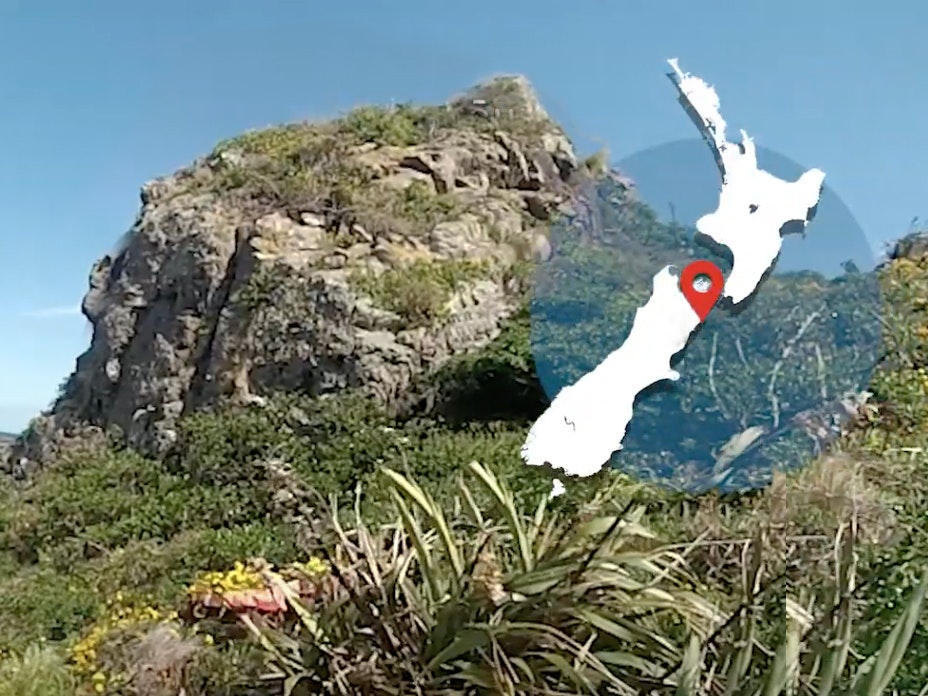
Mena is a DOC conservation dog who’s trained to sniff out little penguin nests so conservation groups can protect them.
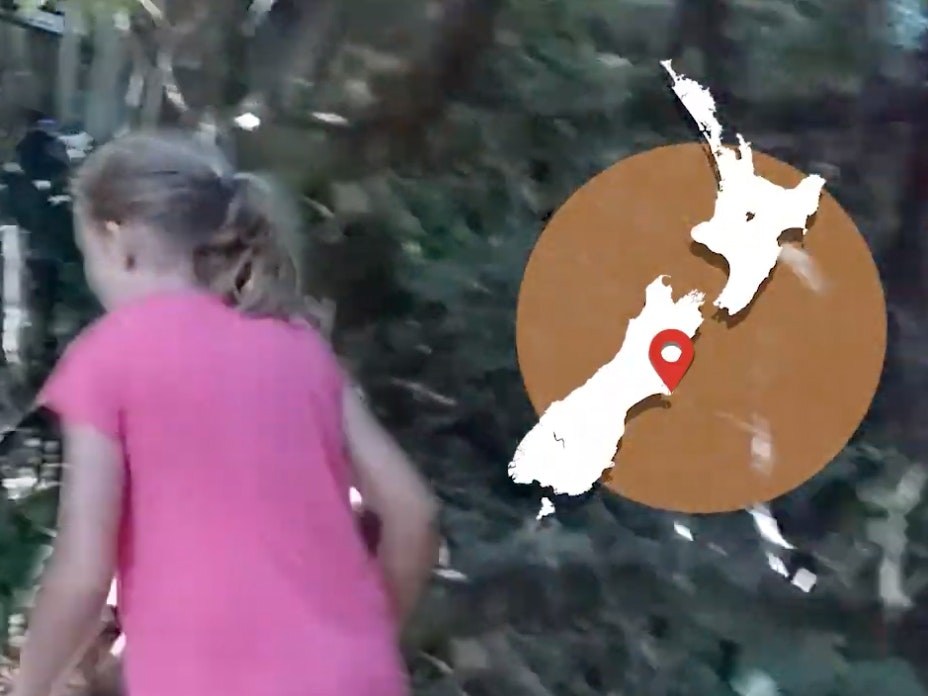
Little River Ruru Rescue are protecting their native birds (including ruru) by catching possums, stoats, and rats.

Members of the Glebe Recovery Project provide floating nests for grebes to breed and raise chicks. Their efforts have meant 200 chicks have hatched.

How much life is there in one square metre of sand?
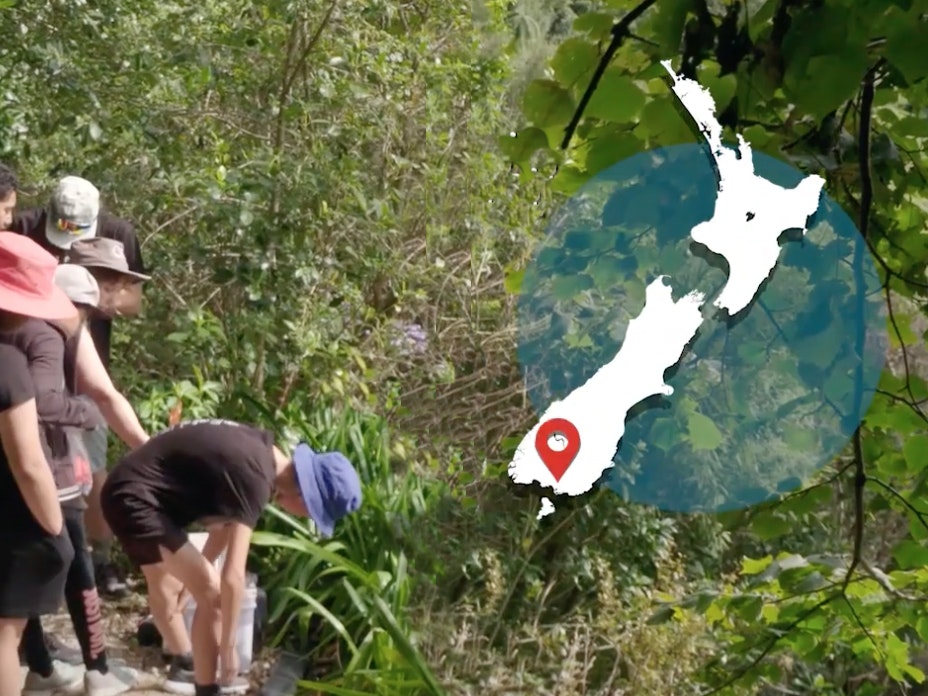
Ahi Pepe MothNet is a citizen science project that aims to engage teachers, students, and whānau with moths – and through moths with nature and science. Here, Te Wharekura Arowhenua School show is how it’s done.